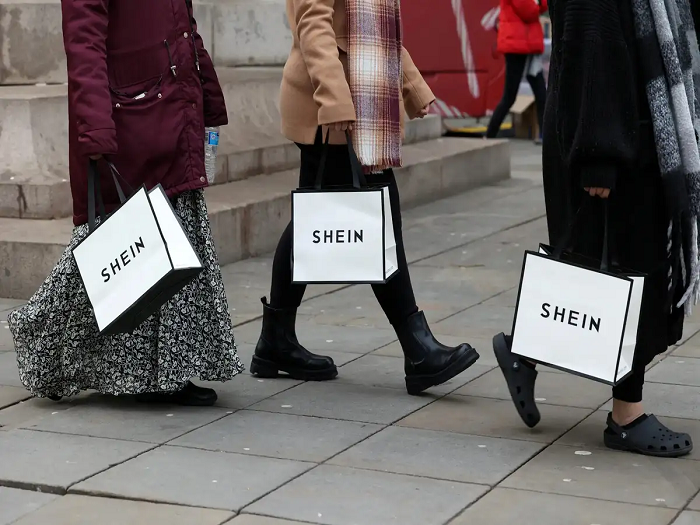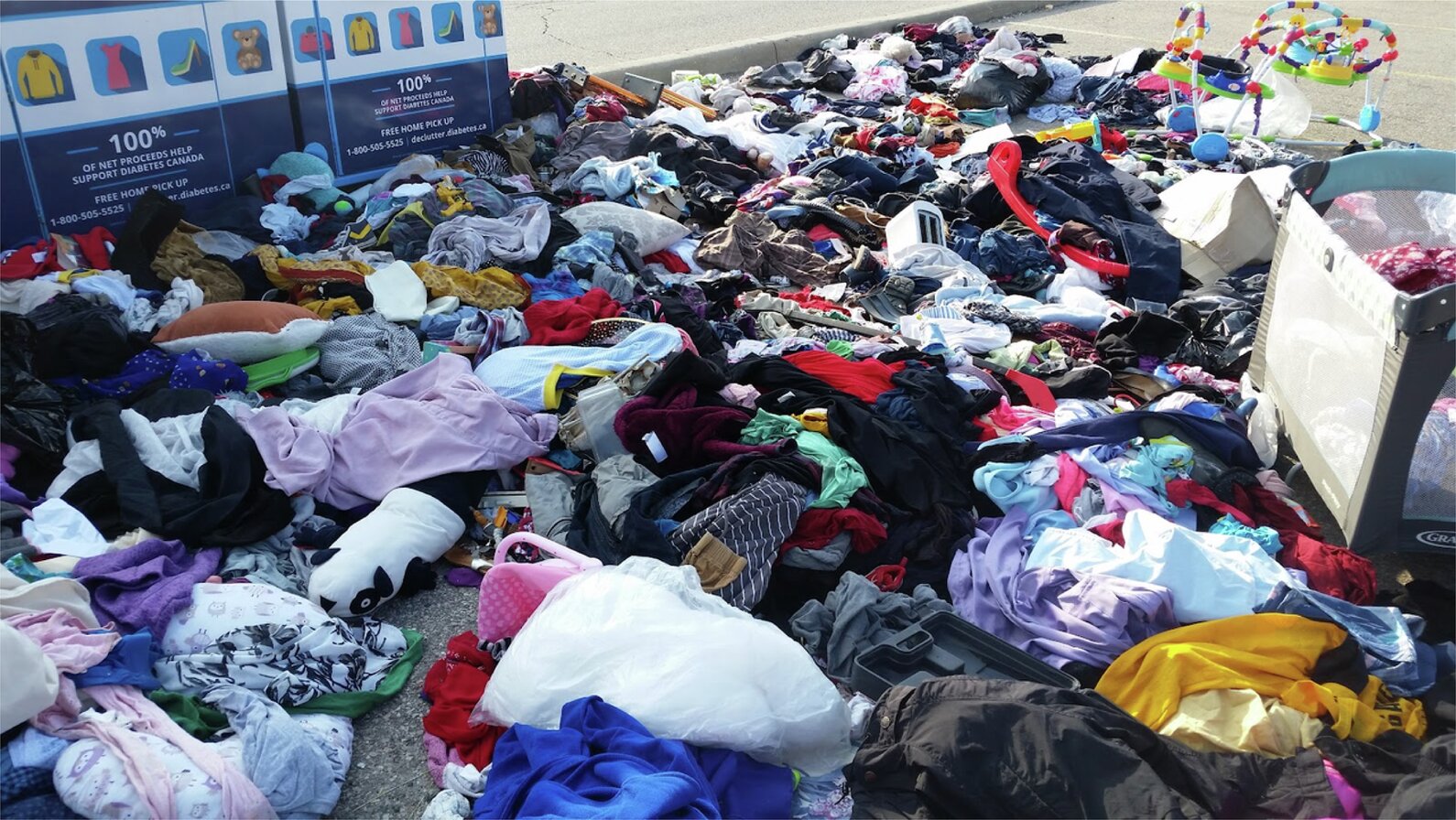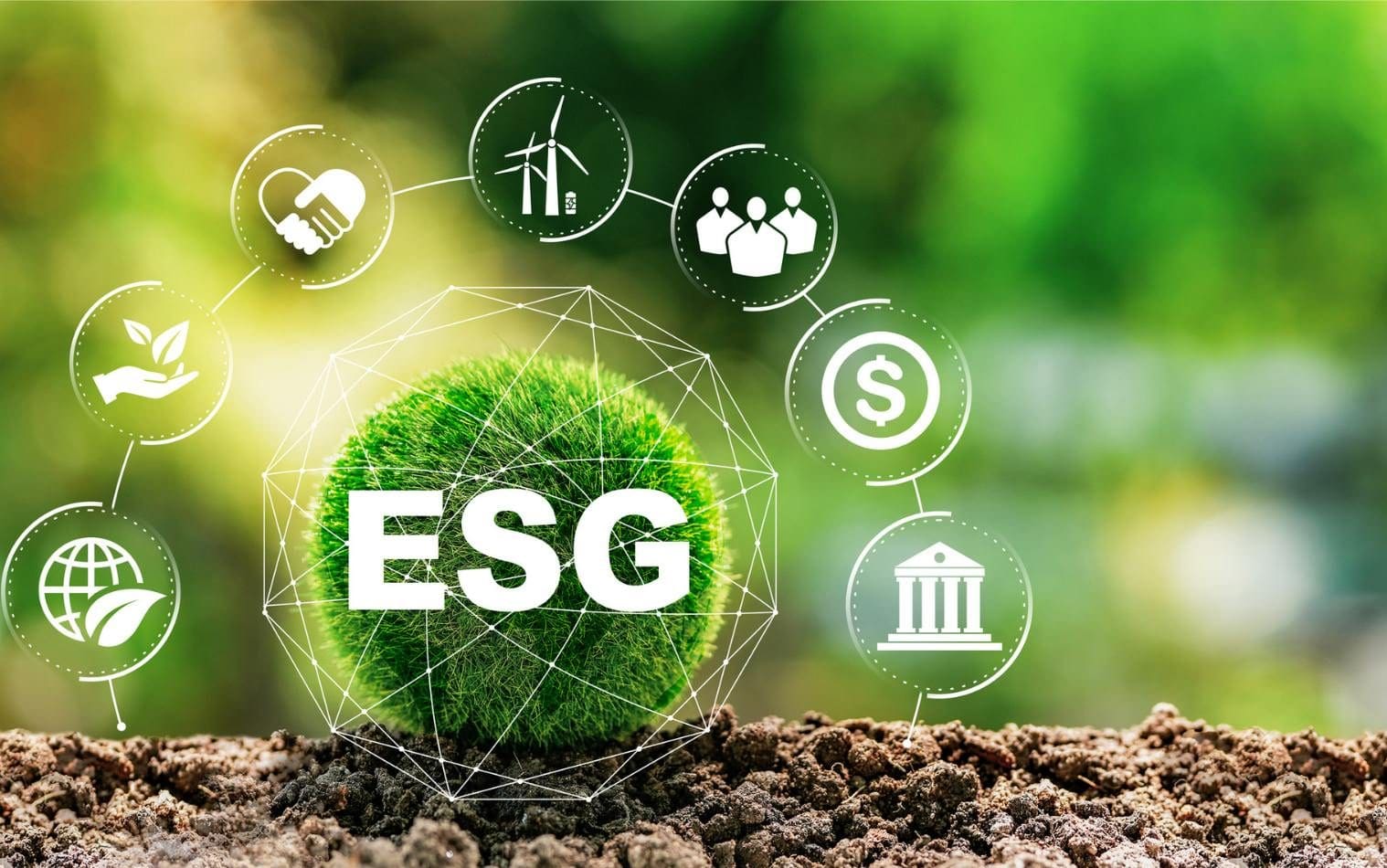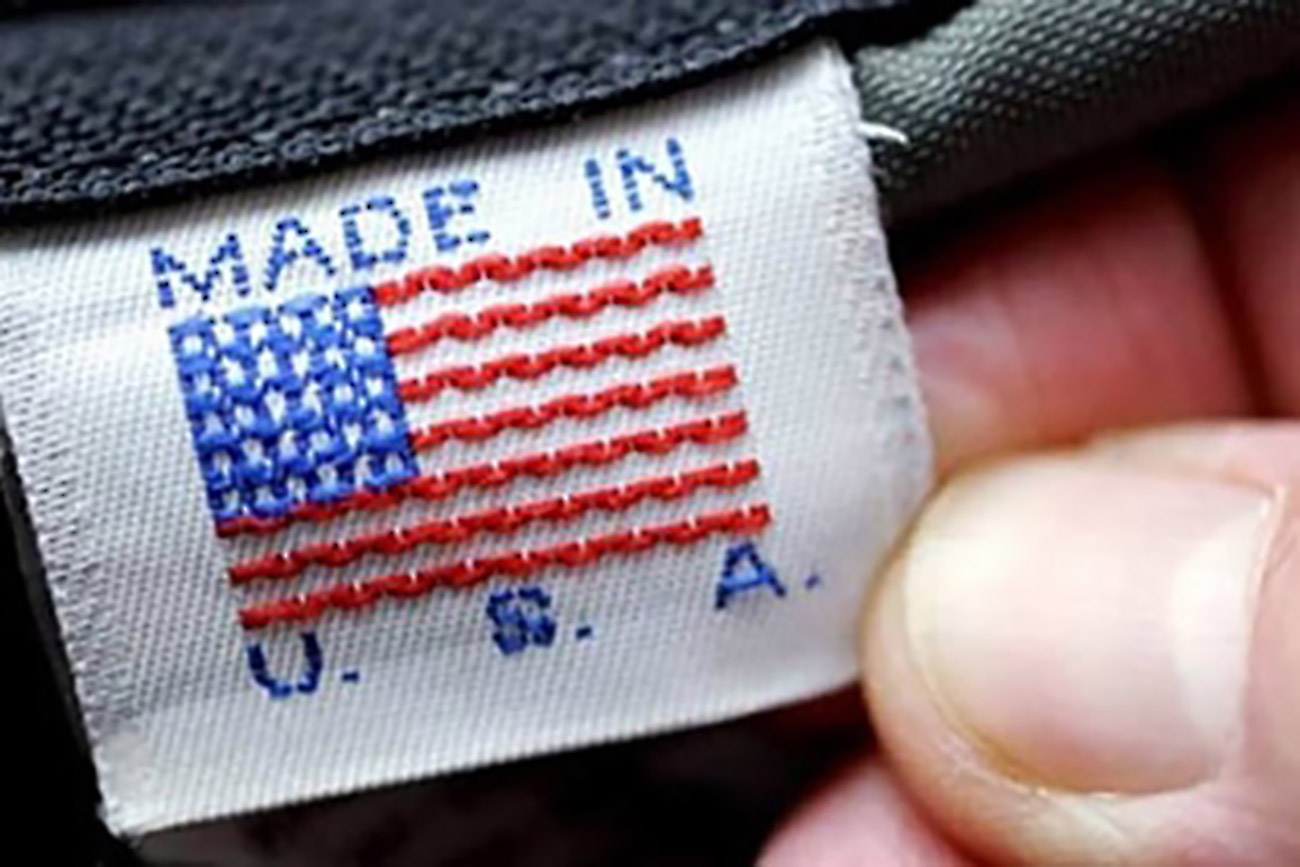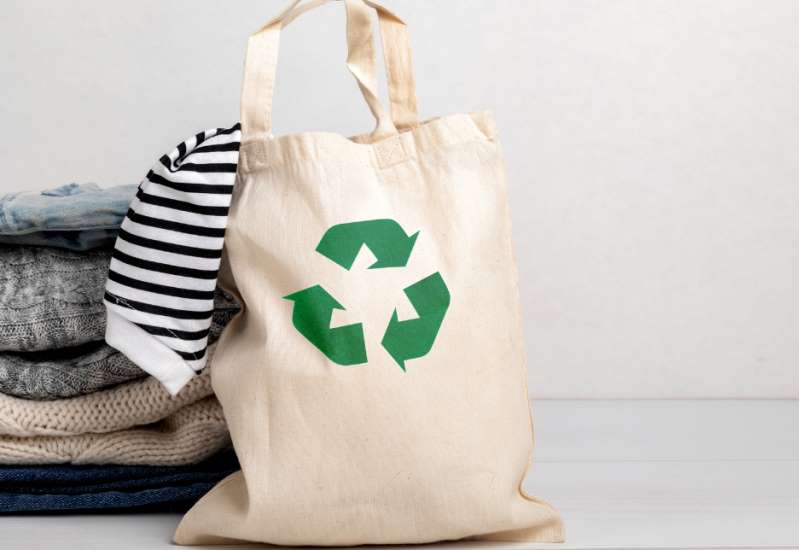FW
Maroc in Mode would be held in Marrakech, on October 19 -20 and ‘Fashion & Ecology will be specially highlighted at the event. As many as 200 exhibitors are expected to participate in the exhibition. Sustainability is the trend and the demand for eco-friendly products is steadily growing. Morocco is among the countries that follow these challenges for climate protection and clean energy.
The country aims that by 2030, 52 per cent of electricity will be supplied by renewable sources. But sustainability would also play an important role in the Moroccan textile industry to strengthen ecological productions. ‘Green fashion’ finds more supporters worldwide. As a sourcing country, Morocco is attractive in this aspect. There are many reasons: immediate proximity to Europe, zero customs duty due in EU and a stable political situation.
One of the many exhibitors is Chemitex that belongs to worldwide leading textile enterprise which produces in Morocco. Other exhibitors include Vita Couture, that makes textiles for over 20 years, Somitex which produces children and ladie’s fashion for Next, Marks & Spencer and Sainsbury.
Dyneema fiber has long been used to moor oilrigs, sail ships, resist bullets and repair humans. The fiber is almost 15 times stronger than quality steel and up to 40 per cent stronger than aramid fibers and lighter than water. Dyneema fiber floats on water and is extremely durable and resistant to moisture, UV light and chemicals.
Besides offering unparalleled protection, Dyneema is also soft, light and thermally conductive – keeping skin feeling cool in the sweatiest of conditions. As a composite fabric, it is becoming increasingly popular with high-performance sports – from mountain climbing to motorcycling – since it can also be engineered to enhance particular properties.
New generation Dyneema fabrics offer next level innovations in denim, apparel, footwear, sports equipment and lightweight outdoor products and accessories. Dyneema is an important component in ropes, cables and nets in the fishing, shipping and offshore industries. Dyneema is also used in safety gloves for the metalworking industry and in fine yarns for applications in the medical sector. In addition, Dyneema is also used in bullet resistant armor and clothing for police and military personnel.
The fiber is made from ultra high molecular weight polyethylene and offers maximum strength with minimum weight. It has extremely long molecular chains that transfer load more effectively to the polymer backbone.
If the government gives proper policy and financial support, exporters in Bangladesh are positive they would be able to achieve the goal to export goods worth $60 billion by 2021. Of Bangladesh's $60 billion export target for its 50th independence anniversary, $50 billion will be by way of exports of apparel items. However, exporters say they have to face several challenges every day and urged the government to facilitate non-traditional export goods to widen the export basket and help explore new destinations.
The country’s Export Promotion Bureau (EPB) has been conducting studines on products and market diversification to increase the country's overall shipments. The EPB is also conducting a study on how to increase the export of pharmaceuticals, jute and jute goods and leather and leather goods as these are promising sectors after garments.
Fazlul Hoque, Former President of Bangladesh Knitwear Manufacturers and Exporters Association, points out export of goods worth an additional $22 billion is possible in the next five years if the government gives policy support. Abdul Barik Khan, Secretary of Bangladesh Jute Mills Association, demanded increasing financial support for the jute and jute goods sector, as the sector has higher export potential. The government should encourage small and medium garment factories, as they play a vital role in supplying raw materials and accessories to bigger factories.
Pakistan missed crop production target by around 30 per cent in 2015-16. In the crop season 2016-17, the cotton sowing target has been missed by a margin of 15 per cent. Cotton sowing also declined due to lower prices of cotton nationally and internationally during the last three years that discouraged growers who opted to cultivate maize, sugarcane and rice crops in some districts due to their better market returns. There is still uncertainty as ups and downs are being observed in cotton prices due to which growers are reluctant to sow the cotton crop. Up to 50 per cent certified cotton seed is available in the market and growers faced difficulties in getting certified seeds, hence affecting the sowing target.
Cotton sowing targets in Punjab was missed by 20 per cent, while Sindh has surpassed the target by about two per cent, which resulted in an average shortfall of 15 per cent in crop sowing. Sugarcane crop has overtaken cotton rich areas of some provinces.
Due to uncertainty in cotton prices, sugarcane cultivation increased in cotton areas and shortage of certified seed, a significant decline in cotton sowing was registered. The cotton production target as well as area has been revised downward for the 2016-17 season.
"The post-Brexit Bangladesh economy will face a low export growth due to subdued demand especially for RMG caused by weaker currencies in the UK and the EU zones. Negotiations are taking place but British dream of comprehensive free trade with Commonwealth would be much farther away and far less attractive to Commonwealth countries."
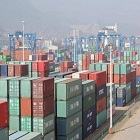
The post-Brexit Bangladesh economy will face a low export growth due to subdued demand especially for RMG caused by weaker currencies in the UK and the EU zones. Negotiations are taking place but British dream of comprehensive free trade with Commonwealth would be much farther away and far less attractive to Commonwealth countries.
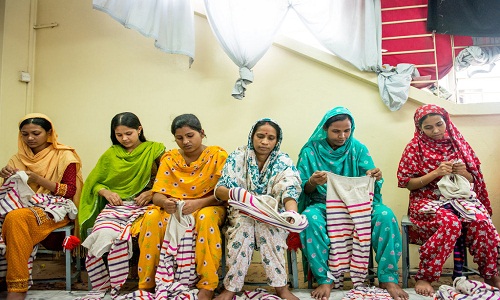
'Brexit', does not simply refer to exit, rather it should be seen as 'entering' into an era of uncertainty about future relationship with the UK and EU and the rest of beneficiaries countries, thus greatly affecting the economies which are intertwined or have major trade relationship with either or both parties. There should ultimately be fiduciary, operational, and strategic perspectives to implement the exit. Bangladesh faces uncertainties considering the future outlook of exports and imports to the UK and the EU. The EU, as a bloc, is the largest importer of Bangladeshi products of which the UK constitutes about 10 per cent as a single country, being the third after the US and Germany. The total export volume from Bangladesh to the UK during the FY 2015-16 was valued at $3.2 billion. The main export items are: knitwear, woven garments, engineering products, frozen food, leather etc. Readymade garments constitute nearly 90 per cent of the total export at $2.90 billion which is about 12 per cent of global RMG export of Bangladesh.
The devaluation of pound has already implied severe pressure on Bangladeshi exporters as net profit margin has already been squeezed due to increase in operational and compliance costs. The consequences have been so explicit that the Overseas Development Institute (ODI), a London-based think-tank on international development issues, has said lower value of the pound and lower UK growth will reduce imports in the short-term.
The fall of pound enables countries to gain from import and its benefit can be reaped off. On the contrary, the appreciation of euro against pound has made imports from countries like Italy, Germany, France, costlier. Increase in inflation which was 0.6 per cent in August, the highest since November, 2014 also affecting the real purchasing power of the British consumers.
Cost of losing access to the single market
The major threat that comes with uncertainty is whether Bangladesh will enjoy 'GSP' or EBA scheme which grants duty- and quota-free access to all products, except arms and ammunitions, covering 99 per cent of all tariff lines. As implementation of Brexit by the British and the EU authorities will be in the coming two years, it will determine their tangled trade relations like the single market facility or performance like European Free Trade Association. If Britain exits leaving the single market facility, then companies like Primark, M&S, Asda, Newlook and others will face tariff charges in EU, resulting in higher prices and lower demand, eventually leading to lower import from Bangladesh. These raise questions whether the $5.0 billion garment export target by 2021 in the British market will be possible. Moreover uncertainty and volatility in the British market is likely to have adverse impact on its investment bound for Bangladesh.
A more tailored policy is required To counter the Brexit effect Bangladesh needs some precautionary measures. The government should form a support fund/subsidiary to counter the immediate exchange rate loss and should pay attention to bilateral relations as out of the EU, Britain will also look to reform its international relations. It should also consider what will happen if more EU countries want to leave the union following the Brexit. As a LDC, Bangladesh government is now required to play a vigorous role to uphold trade interests and maintain relations with trade bodies in Britain. The central bank may also intervene to keep up the value of pound against taka to support the exporters. The exporters and their associations should start to recognise geopolitical risks and formulate long-term business strategies. They should also explore new markets and different channels. The RMG sector needs to explore new markets with additional basket of export products.
With upward increase of garment, Bangladesh’s overall exports to the US rose 1.12 per cent to $3.6 billion in the first seven months of this year, reveals data from the US Department of Commerce. Between January and July, manufacturers exported $3.36 billion of garment products to the US that happens to be Bangladesh's single largest export destination. This denotes a year-on-year rise of 0.87 per cent.
Although the growth of apparel exports to the US is not too high, the trend is still inspiring. China has been losing its market share in the US. This is another major reason for the higher growth of Bangladesh's garment exports to the US, it is assumed. Of the top 10 garment exporters to the US, only Bangladesh and Vietnam showed positive trends in the shipments during the period. Vietnam's exports grew 1.83 per cent to $6.51 billion in the first seven months.
Between January and July, the US import of garment items from the world declined 4.98 per cent to $60.23 billion from $63.39 billion last year. During this time, China's exports declined by 8.49 per cent to $21.39 billion, India’s by 0.97 per cent to $4.39 billion and Pakistan by 10.67 per cent to $1.59 billion.
This year’s autumn edition of Chic, one of Asia’s leading fashion trade show will be held at the National Exhibition and Convention Centre, Shanghai from October 11 to 13. Chic offers the right date and choice of fashion brands from all over the world. Messe Düsseldorf is the organiser for the joint company exhibition Federal Republic of Germany. The presentation-style is that of department store with a fashion mix of women’s and men’s clothing, body wear, bags, shoes, scarves and shawls on display. Also on display would be collections for Spring/Summer 2017.
In addition to international presentations from Italy, France, Germany, Brazil and others, Pure Shanghai will be also there as a ‘show-in-show’. Also present will be Korean Preview in China and the shoe sector GOFL, organized by the Kaishi Exhibition Group.
With a spotlight on innovation and start up’ young designers from 33 fashion schools will have the opportunity to present their work and ideas in a unique context. Chic has been taking place for the last 24 years. Launched in autumn last year, the Autumn Chic show offers two editions a year with a comprehensive overview of Chinese and international brands.
The Caribbean Export Development Agency teamed up with the Centre for the Facilitation of Investment of Haiti (CFI) and the Centre for the Promotion of Export and Investment of the Dominican Republic (CEI-RD) for the Sourcing at Magic 2016 fair held in Las Vegas, Nevada from August 14-17. This exercise was done within the framework of the 10th European Development Fund (EDF) Haiti-Dominican Republic Bi-national Programme.
Termed as North America’s largest and most comprehensive apparel sourcing event that connects the entire global supply chain of the fashion industry, Sourcing at Magic was the ideal occasion for Haiti and Dominican Republic to increase visibility for their textile and apparel sector as well as build awareness about trade and investment opportunities available in both countries.
This activity was also a part of the implementation of the Joint Investment Promotion Strategy (JIPS) which was developed to attract Foreign Direct Investment (FDI) and facilitate diversification into value-added production of fashion accessories. Visitors were introduced to the unique and creative forms of garments available to them from the Haitian and the Dominican textile and apparel industry, thereby enabling the CFI and CEI-RD to explore new business opportunities and engagement with potential investors, particularly from the United States and Latin America.
This mission also served to strengthen the links and collaboration with the Dominican Association of Chacabanas and hence contributing to the promotion of this high value added product from the Caribbean in representation of the Caribbean.
"Textile sustainability has been gaining traction lately and putting a lot of pressure on fashion companies to take sustainable route. While some go by standards organisations like GOTS or ISO, to learn more about the supply chains of their favourite brands, we still don’t have scientific evidence to show exactly where a garment has come from. If a technology was developed to do this, it would quickly impact the level of sustainability within the fashion industry, and would quickly percolate among other industries as well."

Textile sustainability has been gaining traction lately and putting a lot of pressure on fashion companies to take sustainable route. While some go by standards organisations like GOTS or ISO, to learn more about the supply chains of their favourite brands, we still don’t have scientific evidence to show exactly where a garment has come from. If a technology was developed to do this, it would quickly impact the level of sustainability within the fashion industry, and would quickly percolate among other industries as well. Imagine a Fiber Testing Kit, that any consumer could purchase, bring home to their closet, and run a quick analysis on their favourite T-shirt. Anyone with the ability to test the fibre, theoretically, could hold companies accountable for their sourcing practices. An invention like this could be highly disruptive to the fashion industry.
Time tested methods

Around 40 years back, DNA profiling was developed by British-born Sir Alec Jeffreys, a geneticist and professor at the University of Leicester. In California, biochemist Kary Mullis, learned how to link and repeat DNA (polymerase chain reaction or PCR), while trying to find the point of genetic mutations for hereditary diseases. Both extraordinary minds made incredible breakthroughs for our knowledge and understanding of the human genome. DNA testing was implemented into law enforcement’s forensic teams within two years of the discoveries and has since been used worldwide to prove criminal acts, as well as exonerate innocent suspects.
Many fibres are traceable through the forensic analysis. Once analysts determine if the thread is natural, manufactured, or mixed, they can usually identify the product it came from – a rug; a sweater. This is again often used by law enforcement and prosecutors to seek justice for crimes. Fibre forensic analysis is usually debated in court due to the mass of products created. The amount of production of a particular manufactured fibre and its end use, influence the degree of rarity of a given fibre. Unlike a fingerprint, there is no way to tell two fibres of the same origin apart. Fibre forensics can only be used as evidentiary support to corroborate other facts. Still this technology hasn’t been quite successful.
Molecular Tagging
In a world of ever-growing technological advancements, this could be a logical next step in ensuring more sustainable supply chains. Molecular tagging of genes can identify and verify products creating a forensic proof of origin for more sustainable fashion. It tags fibres by matching batches to origins already known. Once a supplier is tested and proven to be sustainable, SigNature(™)T technology can then continue to tag future batches. Although this gene tagging method may not be able to track individual fibres from anywhere in the world yet, many sustainable fashion organisations have mapped out the production process for consumers.
Organisational efforts
Made-by, a non-profit organisation dedicated to the fashion industry’s environmental and social conditions, has laid out a seed-to-shelf roadmap. Made-By works with sustainable brands to standardise the production process, and mainstream sustainability advancements. Over 50 industry experts consulted on the typical methods, and six large fashion brands have now joined, including G-Star and Ted Baker. The organisation is creating an awareness among consumers to learn more about the manufacturing side of where their garments come from. The fibre testing system could back up these organisations’ endeavours by proving their process is safe, environmental, and sustainable.
A team of researchers at Stanford University has developed skin-like fabric that cools the body more efficiently. In the latest edition of Science journal, researchers have reported they used nanoporous polyethylene to develop a textile material that aides radiative cooling while maintaining breathability, wicking and necessary mechanical strength. According They have also devised an instrument to simulate skin temperature. The use of nanoporous polyethylene fabric resulted in the lowering of skin temperature by about 2.7 degree centigrade when compared with another commonly used next-to-skin fabric. The fabric effectively cools the person which makes cooling the building unnecessary thereby saving energy.
Nanoporous plastic textile moves the body heat as infrared rays due to the nanostructured polyethylene. Researchers modified the polyethylene material that is commonly used in battery development which enables it to be opaque to visible light but transparent to infrared rays so that the heat can be dissipated. To Shanhui Fan, Professor of electrical engineering at Stanford University, who co-authored the study, says this research can lead to the development of new materials that can trap or let go infrared radiations.


